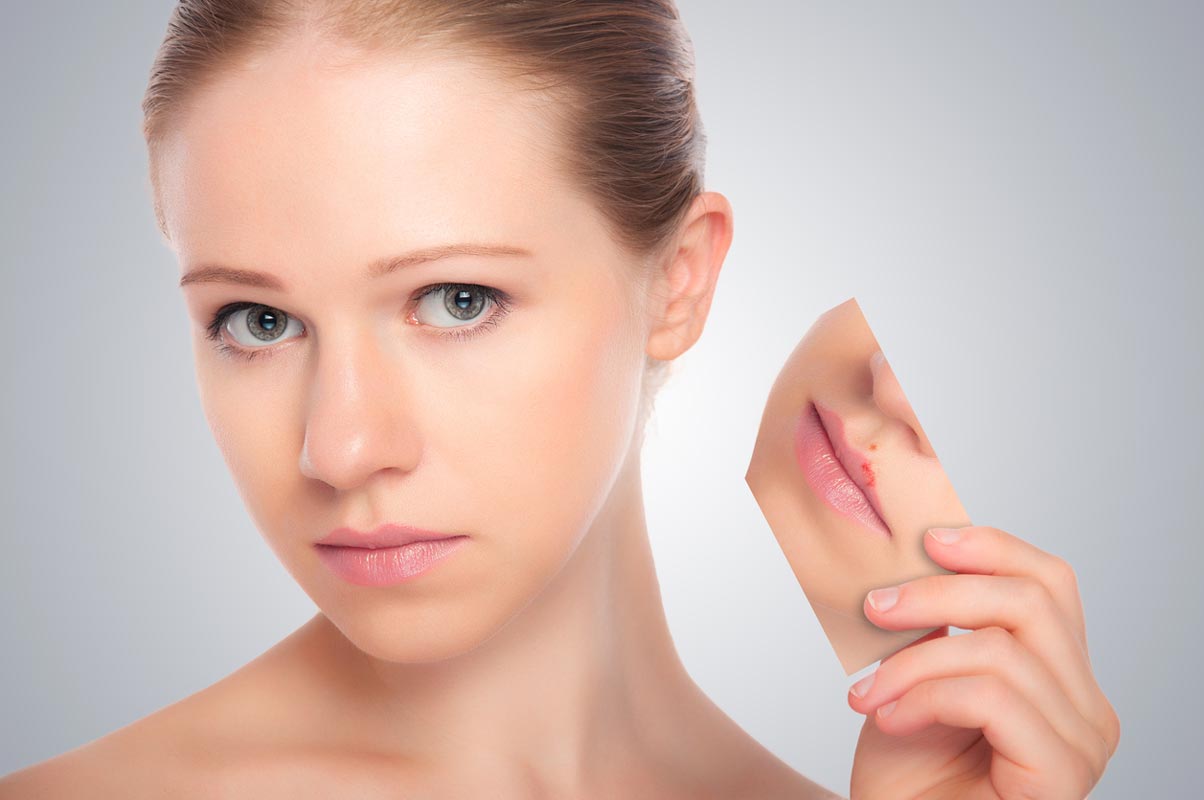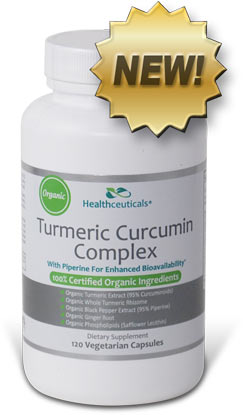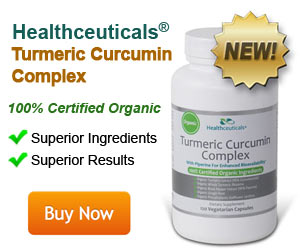Table V.19: Herpes Simplex Viruses
|
HERPES SIMPLEX TYPES 1 AND 2 (HSV-1 & HSV-2)
HUMAN CYTOMEGALOVIRUS (HCMV)

Herpes viruses cause chronic conditions that typically go into a latent phase after the initial infection. This means the virus sits in the nervous system until an active episode is triggered. During an active episode, the virus enters cells, replicates, and then destroys the host cells. The dead cells they leave behind are called plaques. Each plaque represents a single viral organism. So the number of plaques is an indication of the viral load, or amount of virus, infecting a person. (v.18, 109, 158)
HSV-1 mostly causes mouth sores. However, it can also cause: (v.18)
HSV-2 is more commonly known as genital herpes. Infections are chronic, and symptoms include: (v.18, 109)
Cytomegalovirus (HCMV) infection rates are incredibly high: (v.159-160)
- 40-60% in developed countries
- Almost 100% in developing countries
It usually shows no symptoms in healthy people with mature immune systems. (v.159-160)
HCMV, HSV-1, and HSV-2 can cause serious health problems in infants and people with suppressed immune systems (such as cancer, HIV, or organ transplant patients). These include: (v.158-160)
|
1,8-CINEOLE (v.73)
(lab and animal studies) |
- Essential oils containing a high concentration of 1,8-cineole reduced 92% of HSV-1 plaques. Concentrations of 6.9 mg/ml of 1,8-cineole prevented HSV2 plaques by 50%.
- 1.2 mg/ml concentrations reduced HSV-1 plaques by 50%. (v.154, 158)
- In animal studies 1,8-cineole prevented HSV-2 infections and significantly reduced viral load in mice already infected with the virus. (v.158)
|
α-PINENE (v.78)
(lab studies) |
- 0.022 mg/ml and 8.5 µg/ml concentrations of alpha-pinene reduced HSV-1 by 50%. (v.158, 161)
|
α-TERPINEOL (v.75)
(lab studies) |
- 0.022 mg/ml concentration of alpha-terpineol reduced HSV-1 viral load by 50%. (v.158)
|
&beta-PINENE (v.78)
(lab studies) |
- 0.004 mg/ml concentration of beta-pinene lowered HSV-1 viral load by 50%. (v.158)
|
BORNEOL (v.74-75)
(lab studies) |
- Cells treated with 16.0 mg/ml concentrations of borneol showed 50% less HSV-2 plaques. (v.158)
|
CAFFEIC ACID (v.75)
(lab studies) |
- Concentrations of 15.3 μg/ml of caffeic acid inhibited HSV-1 by 50%, and concentrations of 87.3 μg/ml it inhibited HSV-2. (v.85, 162)
- Caffeic acid also blocks the ability of HSV-1, HSV-2, and HCMV to attach to and infect human cells. (v.85, 162)
|
CURCUMIN (v.22)
(lab and animal studies) |
- Curcumin showed significant antiviral effects against HSV-1 and HCMV. In one lab study, curcumin concentrations of 0.32 mg/ml reduced HSV-2 activity by 50%. (v.2, 158-159)
- Curcumin performed as well as one of the conventional treatment drugs for cytomegalovirus. Medium to high doses of curcumin significantly inhibited HCMV and reduced the viral load in cell samples. (v.159)
- Prevented virus from killing infected cells. (v.159)
- Topical curcumin significantly inhibited HSV2 in mice. In the study eugenol — another compound in turmeric — showed even more protection against herpes than curcumin. (v.15)
|
EUGENOL (v.75)
(lab and animal studies) |
- Eugenol appears to be more active against HSV-2 than HSV-1 (unlike other compounds). At 16.2 µg/ml concentration, it reduced HSV-2 activity by 50%. However, it took 25.6 µg/ml concentration of eugenol to reduce the activity of HSV-1 by 50%. (v.158)
- Enhances acyclovir's activity. (v.158)
- Blocks viral replication. (v.158)
- Eugenol inhibited keratitis caused by herpes and significantly reduced HSV-2 viral load in over 87% of infected mice. (v.158)
|
FARNESOL (v.130) |
- Pretreatment of cells with 3.5 µg/ml concentration of farnesol reduced HSV-1 activity by 50%. (v.161)
|
FISETIN (v.84)
(lab studies) |
- Fisetin moderately inhibits HSV-1. (v.162)
|
γ-TERPINENE (v.73, 75) |
- 7.0 µg/ml concentration of γ-terpinene reduced HSV-1 activity by 50%. (v.161)
|
GERANIOL (v.77)
(lab studies) |
- At concentrations of 7.0 mg/ml, geraniol reduced HSV-2 activity by 50%. (v.158)
|
LIMONENE (v.75)
(lab studies) |
- Limonene concentrations of 3.61 mg/ml reduced HSV-2 plaques by 50%. (v.158)
- 0.006 mg/ml concentration reduced HSV-1 plaques by 50%. (v.158)
|
QUERCETIN (v.84)
(lab studies) |
- In a 20 µg/ml concentration, quercetin stopped replication of herpes virus. (v.162)
- In a 24.3 µg/ml concentration, quercetin reduced HSV-1's activity by 50%. (v.162)
- Quercetin is virucidal and it kills both HSV-1 and HSV-2 viruses. (v.162)
- Quercetin helps prevent HSV's ability to infect cells by preventing the virus from attaching to and penetrating cells. (v.51)
- Increases the effectiveness of the pharmaceutical antiviral drug acyclovir. (v.163)
|
RESVERATROL (v.164-165)
(lab studies) |
- Helps prevent replication of HSV-1 and HSV-2 by blocking activation of the inflammatory transcription factor protein NF-κB. (v.162)
|
RHO-CYMENE (v.73, 78)
(lab studies) |
- 0.016 mg/ml concentration of ρ-cymene reduced HSV-1 activity by 50%. (v.158)
|





